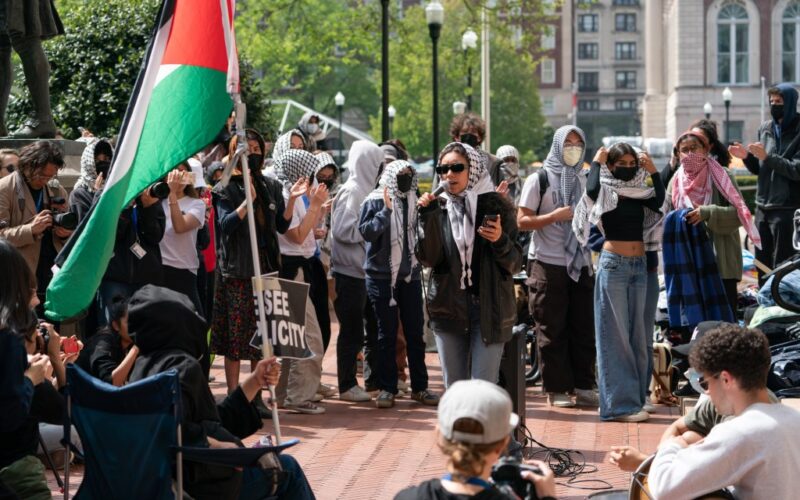Last year’s pro-Palestinian protests were the continuation of a long history of political activism on college campuses, which, in my lifetime, included free speech demonstrations at UC Berkeley and the double tragedies at Kent State and Jackson State.
Much like those turbulent times, this latest chapter struck a chord with the American public, with 53% saying they disapproved of how campus demonstrations were handled. The steady erosion of public confidence in higher education has opened the door to conservatives — led by President Trump — eager to rein in colleges and universities that they perceive have drifted too far left.
Nowhere is this playing out more prominently than at Columbia University, now on its fourth president in less than two years, which has seen the cancellation of federal $400 million in grants and contracts — ironically, the same amount the school denied then-developer Trump in connection with a 25-year-old real estate deal.
I was fortunate to walk Columbia’s hallowed halls as a student, graduating with a history degree in 1977. I have closely followed my alma mater as its leaders and their counterparts around the country struggle to strike a balance between protecting free speech and academic freedom and protecting students.
Unfortunately, too many have gotten that delicate balance wrong.
Campuses should be hotbeds of political and philosophical debate — places where students and faculty feel free to express themselves, regardless of whether their opinions are popular. College is about having new experiences and being exposed to new ideas and people; institutions have a responsibility to foster and facilitate environments where this unique growth can occur.
As noble as that is, however, the main purpose of higher education is, first and foremost, education. It’s difficult to fulfill that mission when the interests of a select few outweigh the rights and safety of everyone else — and when certain student groups feel singled out as targets of hatred and potentially violence. We seem to have lost sight of this.
Americans’ confidence in the nation’s colleges and universities has been steadily declining for the last decade, which has no doubt contributed to the enrollment crisis. As for free speech, 47% of adults said they view campuses as friendlier to liberals than conservatives.
Donald Trump made clear during the 2024 campaign his intent to target higher ed and the so-called “Marxist maniacs” responsible — in his eyes — for the indoctrination of a generation of “woke” activists. The addition to his ticket of then-Sen. JD Vance, who called universities “the enemy” and “hostile institutions”, solidified higher ed’s fate. Yet somehow, university leaders ignored the warning signs. Now they’re paying the price.
Not every school has the luxury to reject Trump’s demands as Harvard has done, though even that elite institution’s massive endowment might not be enough to protect it. But when it comes to managing this administration — and, more importantly, maintaining a culture where academics can thrive — there is a middle ground between capitulation and rejection
One example exists right here in New York City. Last month, NYU barred from entering most university buildings nearly 30 anti-Israel law students after they attempted to take over the school’s Bobst library.
The agitators’ demand that they be granted an audience with NYU President Linda Mills was swiftly denied. The incident was managed quietly and effectively, with minimal disruption to the rest of the student body and barely a ripple in the press.
If a measured approach is possible in the supposed heart of woke liberalism, it is possible anywhere.
Some of what the Trump administration has undertaken in the higher ed space is inexcusable. U.S. citizens or green card holders should not be deported for engaging in protest. But the demand for an end to antisemitism on campuses is not an attack on academic freedom or free speech, it is an effort to ensure that higher education fulfills its primary responsibility of educating students in a safe and inclusive environment.
It shouldn’t take the threats of lost funding, investigations, or reputational harm for universities to do what’s right.
Higher education leaders need to course correct, not only to avoid coming under federal scrutiny, but as part of an effort to return campuses to the days of robust debate that left students invigorated, not fearful and uncertain.
Part of free speech is feeling free to speak — and that doesn’t stop at the campus gates.
Paterson was the 55th governor of New York.








